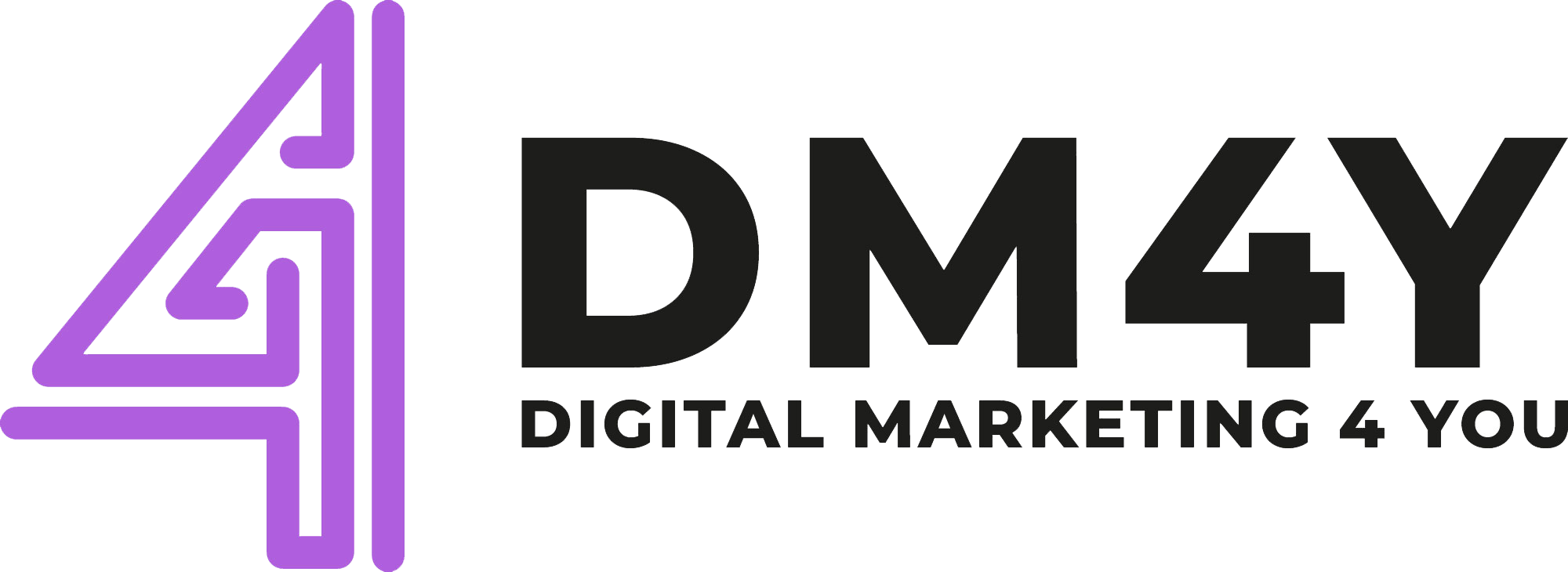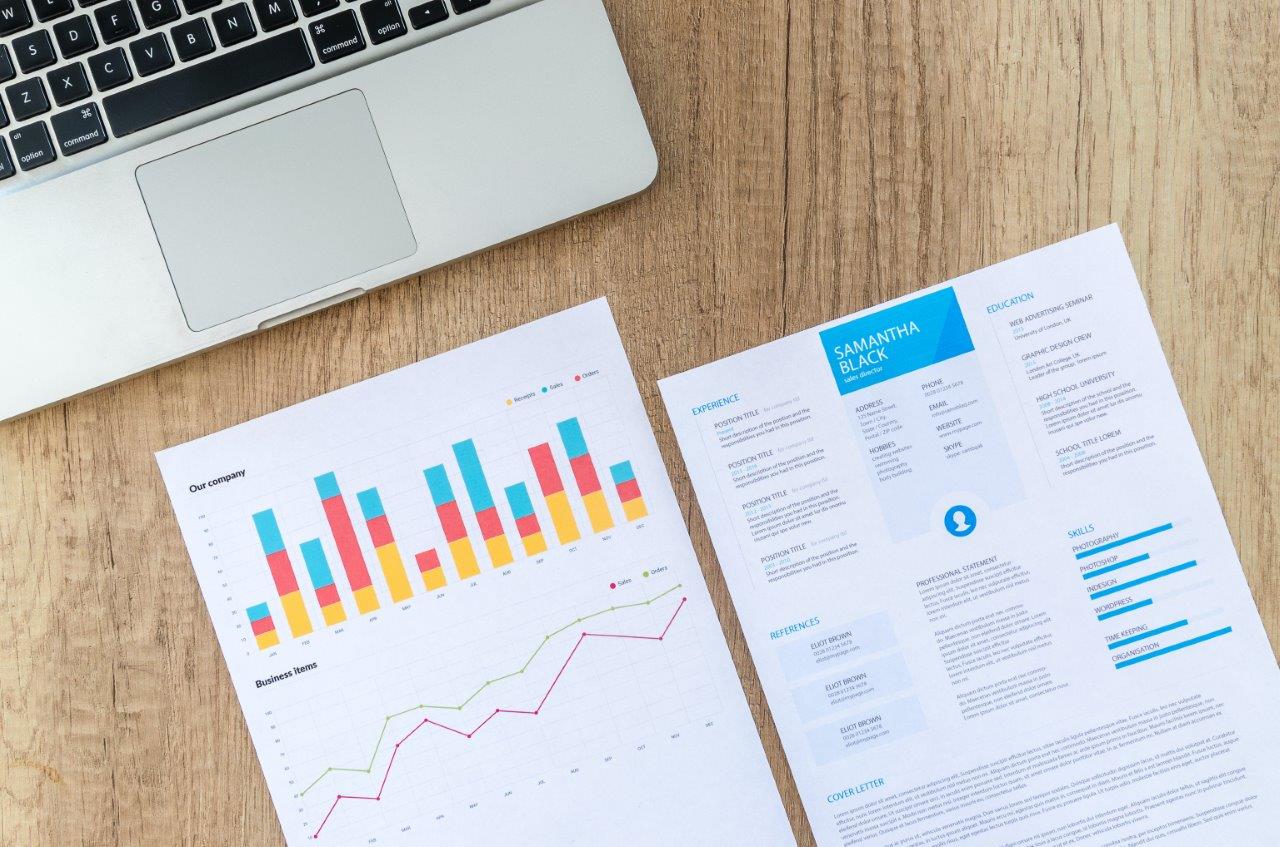How do you know if your SEO, Advising or social media efforts are significant or not? Do you ever wonder how you can track links? Continue to read to understand everything about Analytics.
Utilizing Event Tracking to monitor interactions and clicks on your website is useful for a deeper understanding of how the customers engage with the material and services on your website in a far more detailed manner than regular reports.
Most of the results in Google Analytics are details that are automatically obtained using the standard Google Analytics code from your website.
There are a few places where you can apply extra details to Google Analytics in order to provide detailed statistics regarding your website, and events are one of them. It is labeled as Events because it’s most widely used to measure acts (aka, events) that happen on the website.
Through pressing the icon, shaping submissions, visual interactions, or scrolling to the bottom of the chart, Event Tracking can be used for any behavior metrics on the website.
Goal setting
Are you trying to customize your website for conversions? To do this, you would need to monitor conversions by setting a goal in Google Analytics. This could be difficult for beginners, but what if the path is would be easier?
Google Analytics goals help you to monitor individual user experiences on your web. Such user experiences may be everything, from document requests, product orders, lead collection, and more.
For operating Google Analytics, you must have an additional setup because it will not tell you about your business without it. You must tell your goals to maintain a track about critical things in your business. There are four ways that can be used for tracking your goal:
- Time
- Pages/Visits
- URLs
- Events
Therefore, you should set your goals by following the steps below, to begin with, the tracking of the metrics that are integral for the success of your business.
Four types of goals are available on Google Analytics:
- Destination: You can use this goal if you choose to use a web display or a desktop image as a conversion.
- Duration: You can calculate consumer engagement by considering the period spent on a website as a conversion.
- Pages / Screens per session: this is another means of calculating consumer interaction. You will calculate the number of pages seen each session as a convert.
- Event: User interaction can be presented as a press icon, video activity, form request, ebook transfer as a conversion.
Benchmarking
Google Analytics Benchmarking Analyses make you read if your website is performing in your industry.
The data in these reports tell you how effectively you do it through traffic networks. Not just that, but you can also see which consumer devices are the most common in your business, and you can know where your website’s global patterns are. It is an insightful tool and helps in providing worthy context to your business.
Let’s continue by acknowledging where this data is gathered by Google. Benchmarking data utilize confidential details from certain websites. Such reports help you to see how the advertisement functions against the aggregated data of other analytical consumers.
Tracking
In a data-filled universe, if you’re not doing it correctly, you are basically throwing a whole bunch of money on the table. As a shop owner, your data needs to be effective in your online business. Data collection is only feasible when you have incorporated e-commerce monitoring in your shop.
While many new e-commerce shop owners do not know how to implement tracking to their company, they are experiencing slow growth. So when they can’t boost their store efficiency, they’re caught in what we term the ‘business problem.’ Unable to understand how to shift sales figures, most shop owners also succumb to quitting the industry altogether. And, occasionally, they even make dumb errors that further damage their results. Indeed, the key culprit is negligence in using the information correctly.
There are a number of benefits for E-commerce tracking, as listed below:
- It helps to find the amount the visitors coming to your website regularly along with his location.
- Check the recently visited pages by these visitors
- Track the number of seconds or minutes they are spending on your eCommerce store
- The keywords used by them to reach your website
- The Total revenue and maximum number of conversions
It also helps in eCommerce tracking by using Google Analytics as we know that GA is one of the best tracking solutions in the eCommerce business. It helps in tracking every minute detail about the visitor. There is no alternative available for GA till today. Also, it can easily get linked to your online store too.
Cross-Media Analysis
Cross-media analysis is a lively research area in computer science studies, and it aims to direct towards artificial intelligence.
DATA-DRIVEN DECISIONS
Do you sometimes sense as if you are overwhelmed with information? Through reporting, ads, social networking, or industry indicators, the flow of data never ends. Although knowledge is amazing, but it’s not strong on its own. It is got to be harnessed and evaluated if we are going to transform it into information. The objective of market intelligence is to help companies make better decisions with the knowledge they can access.
Power of Data-Driven Decisions. Though you might have a clear view of the market environment and a strong “job experience” outlook, there are moments where our biases will influence our decision-making. They are regarded as cultural prejudices. Cognitive error is a propensity to make judgments dependent on insufficient knowledge or on insights gained from previous interactions that might not be applicable to the present circumstance.
These biases exist in several different fields and can encourage market leaders to disregard what the data suggest and go for instincts instead. The key to good decision-making is understanding where your biases might be and finding solutions to overcome them.
The point about data is that there are no strings connected to it. If you have done the research to ensure that you have reliable results, the figures would say the real tale. Choice-support bias is something I find a lot in advertising.
A small business owner, for example, designs a template and feels it’s amazing. Yet what they can’t realize is that their branding gives out confusing signals on what they really sell and, as a result, they don’t get much success. Running an A / B test for the current logo and a new alternative could help the owner see the facts behind what works and doesn’t work and encourage them to put their biases away.
ROI
ROI stands for Return on Investment, and it measures the loss or gain, which is produced on an investment related to the amount of invested money. It is usually conveyed as a percentage and is generally used for private financial decisions or to compare the profitability of a company or the efficiency of various investments.
Every cost the business has should be measured on the basis of the ROI. Although certain costs or events – such as the purchasing of supplies or the renovation of an employee’s bathroom – do not provide an immediate or financial ROI, and the increasing cost adds to the total expenditure too. For example, hiring a graphic designer to generate ads, paying a photographer to snap photos of the company, and redesigning the company’s website can be considered a return on investment.
ROI is essential for a business because the companies that monitor their ROI closely can survive in the longer run. If you do not see an ROI after multiple efforts, then stop wasting money on it.
It is one of the most utilized profitability ratios due to its flexibility. One of the downsides of the ROI calculation is that it can be influenced by varying the results between the users. It is important to use the same input while using ROI to compare investments to get an accurate result.




